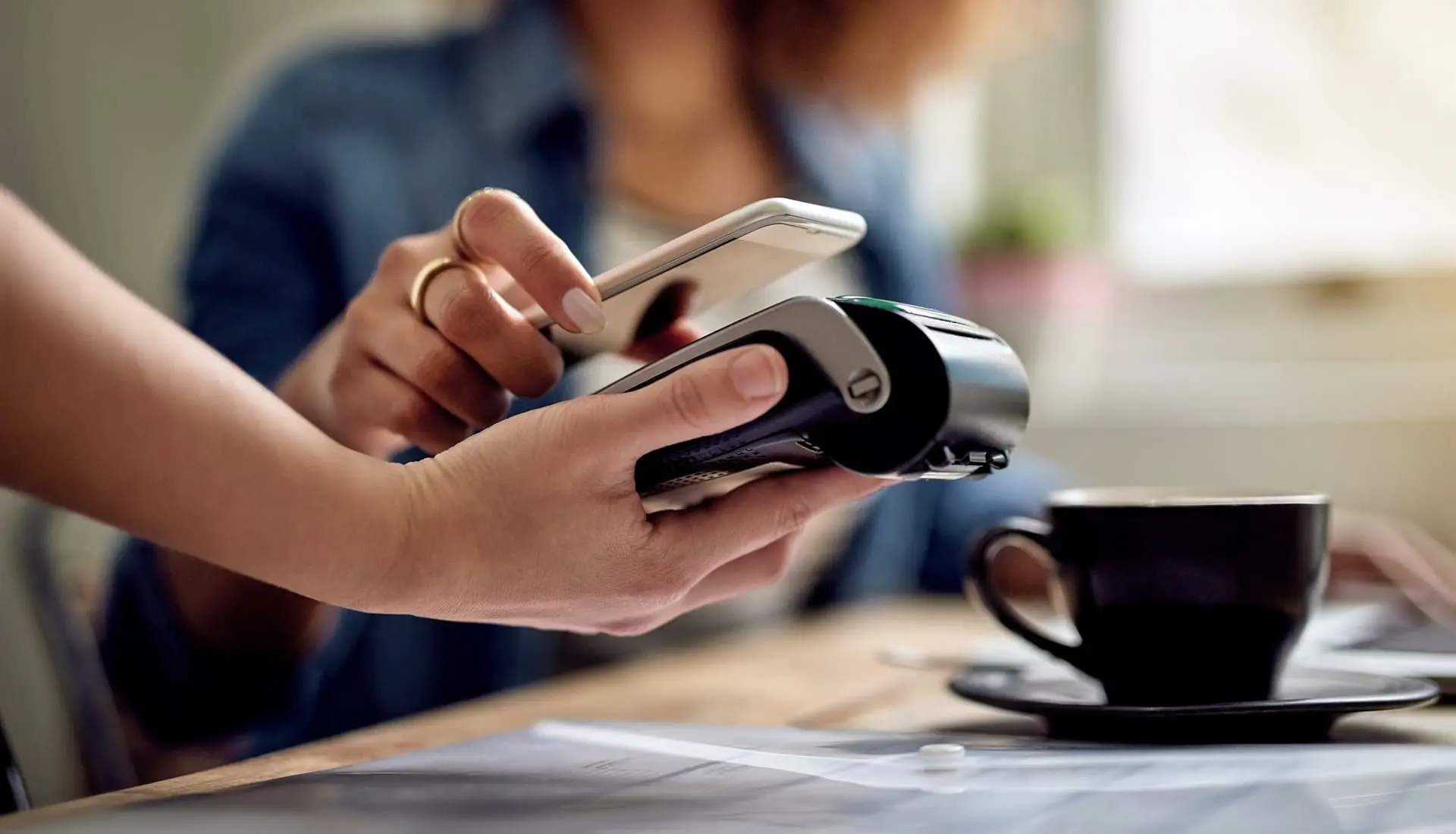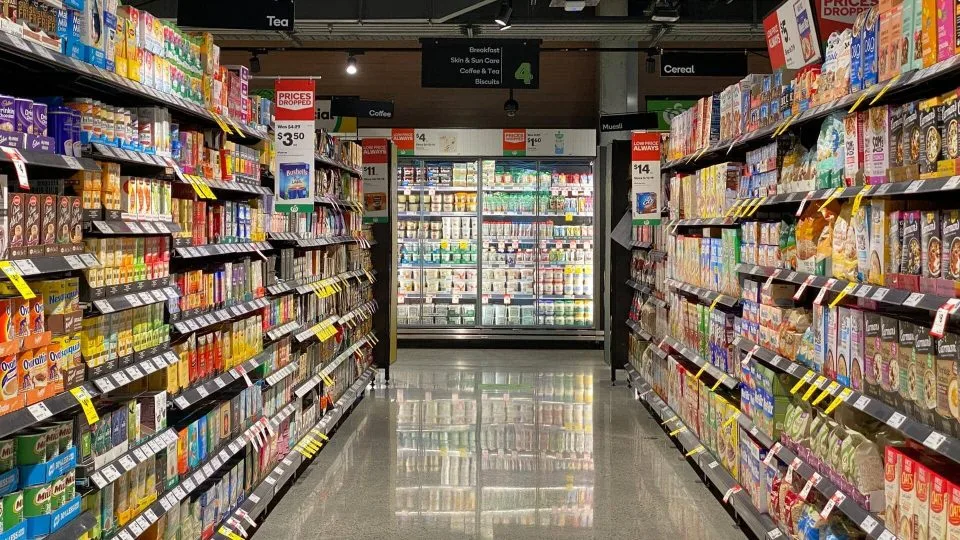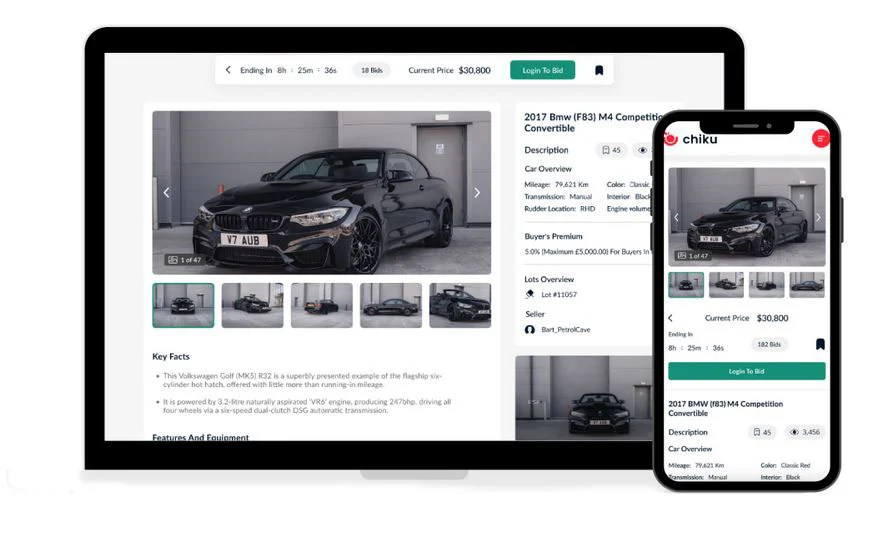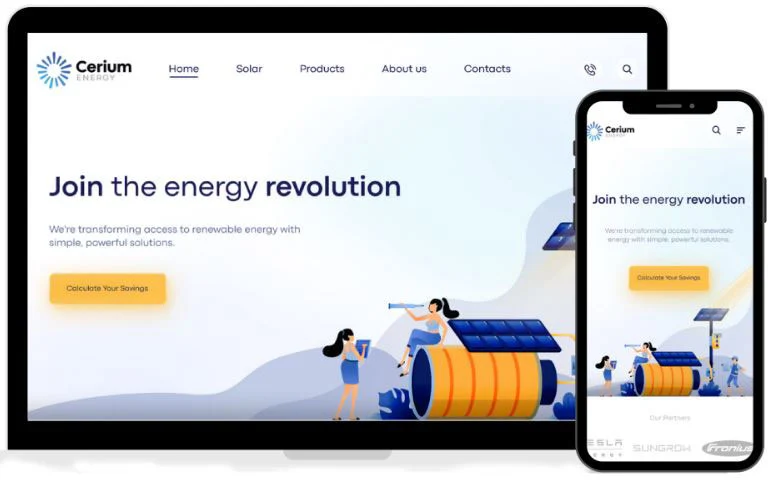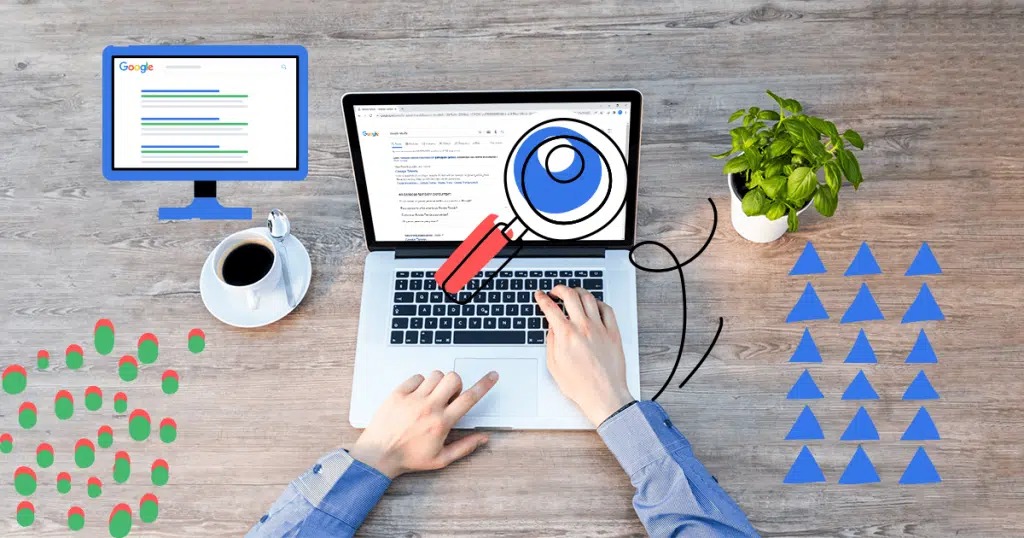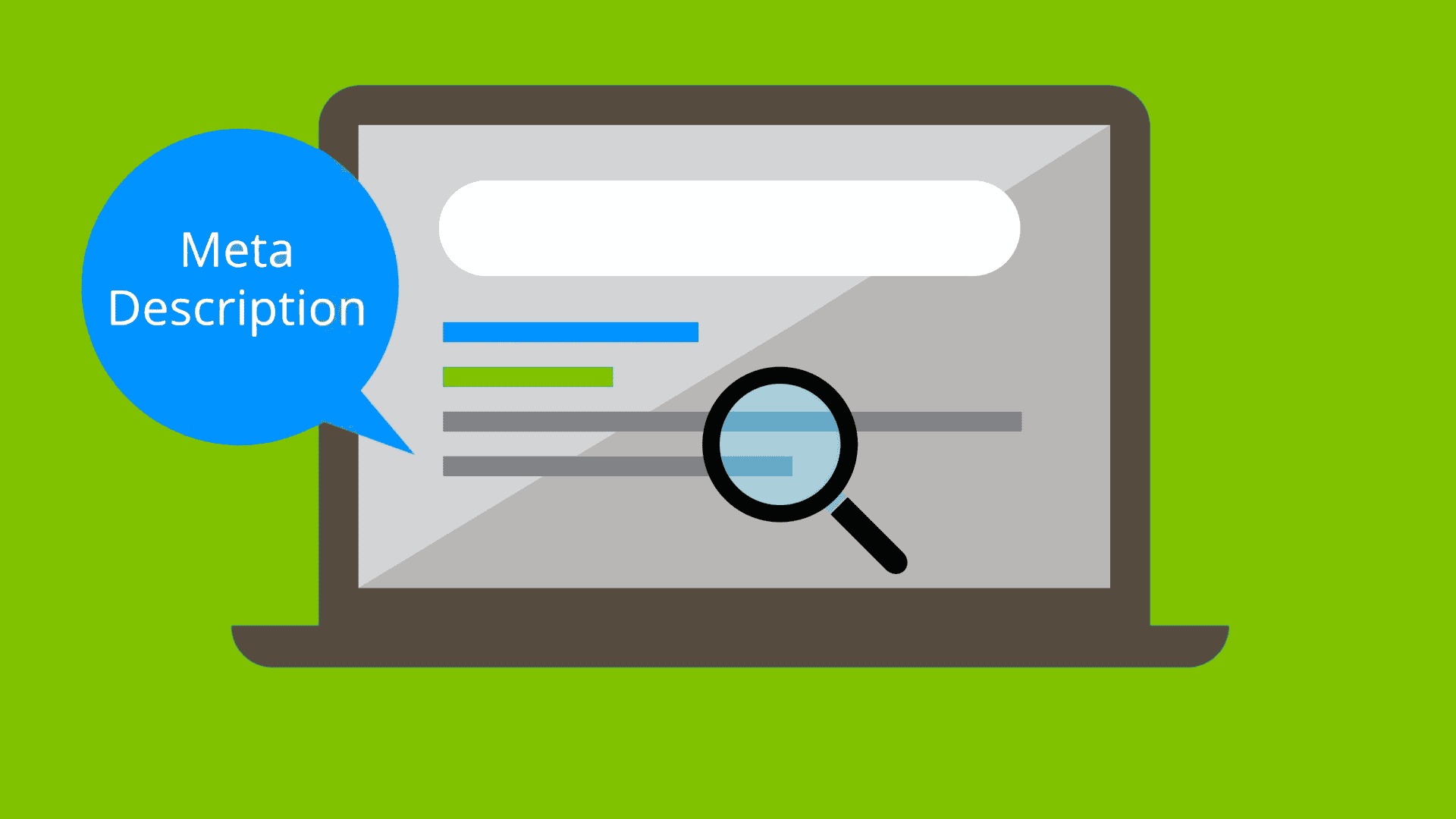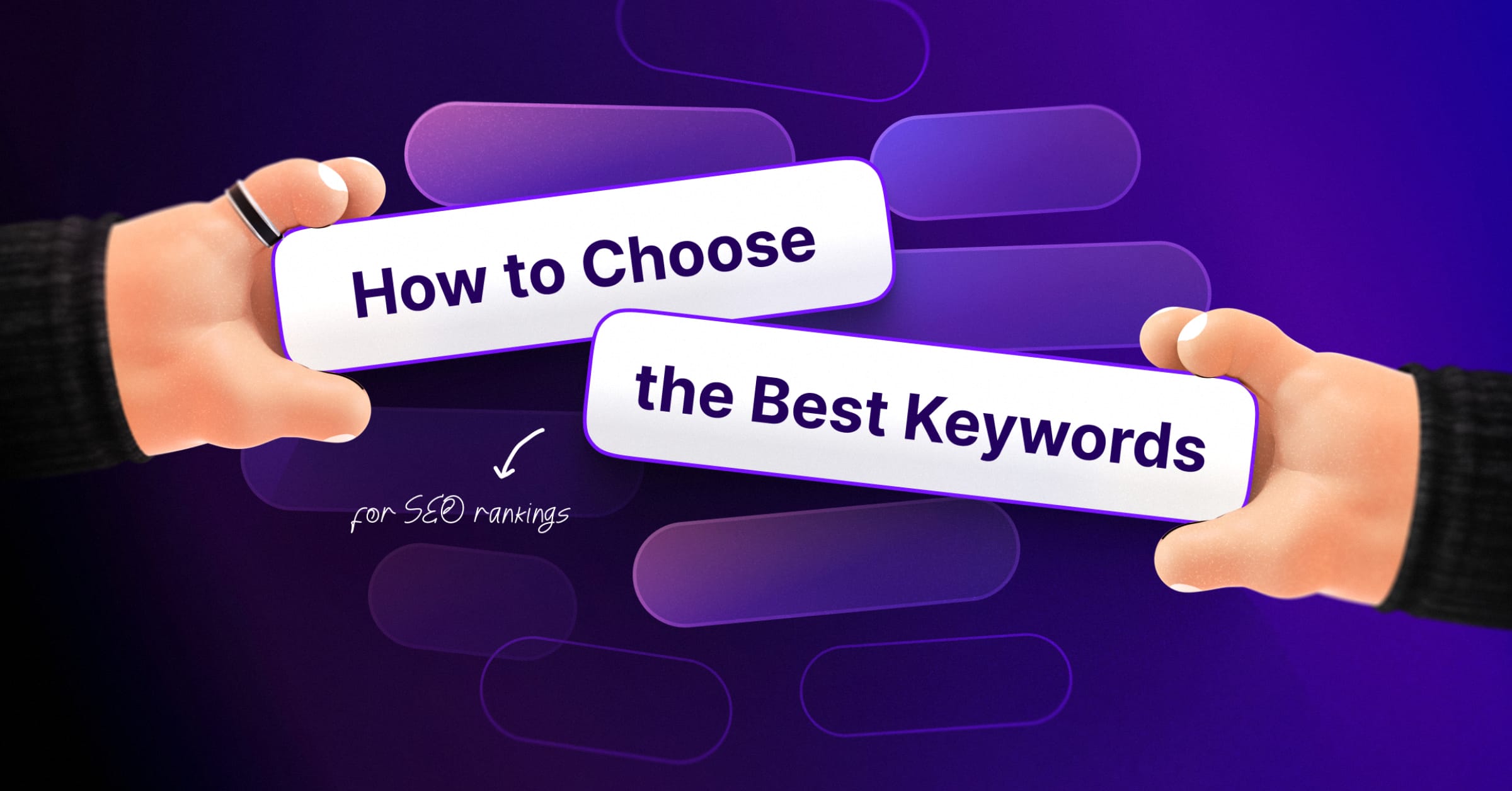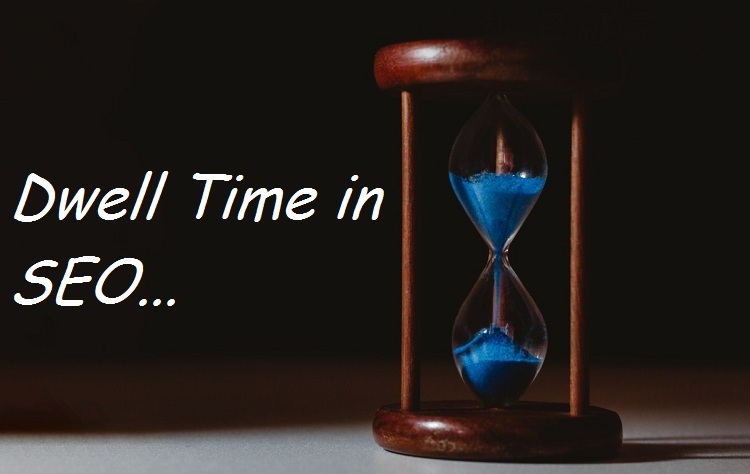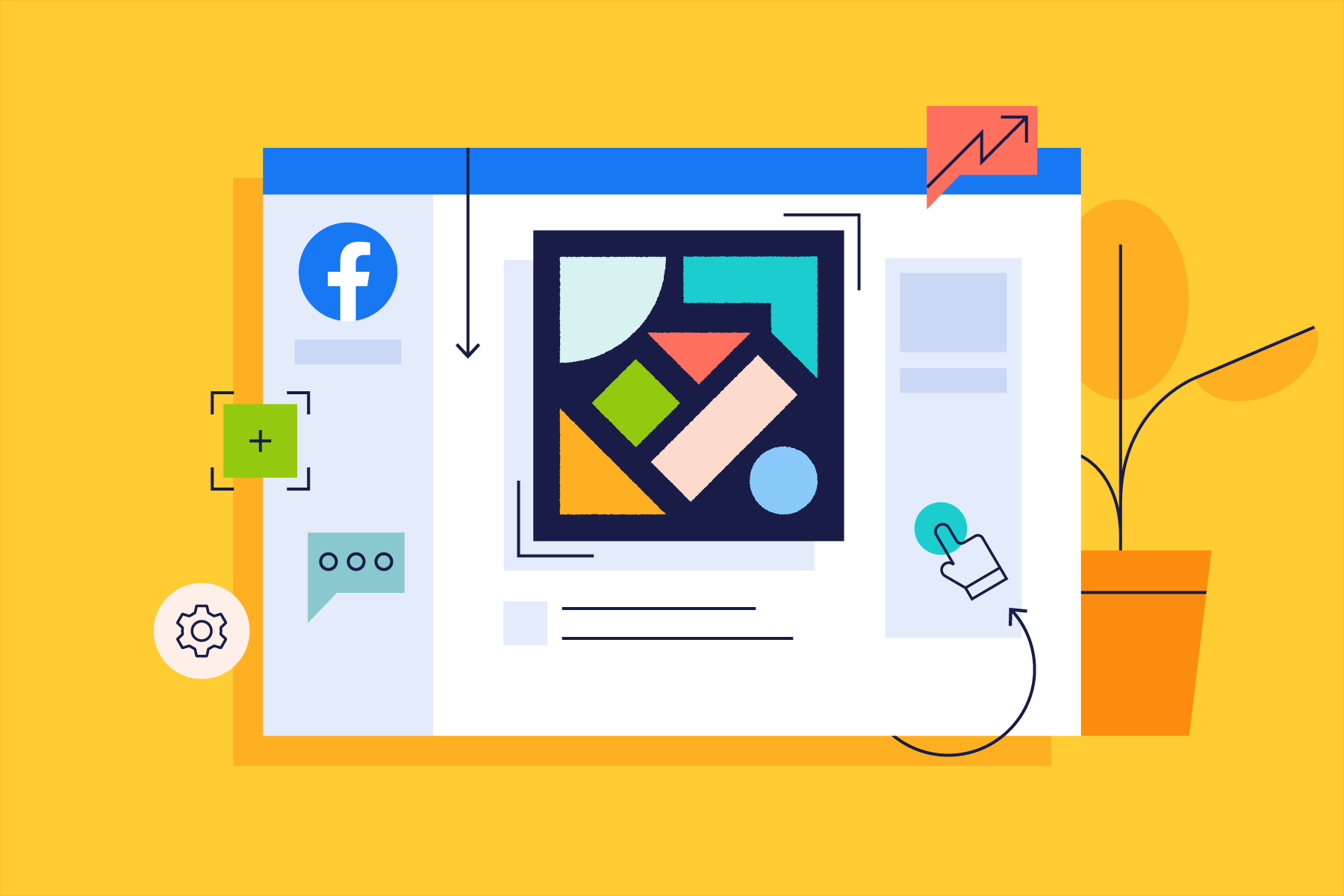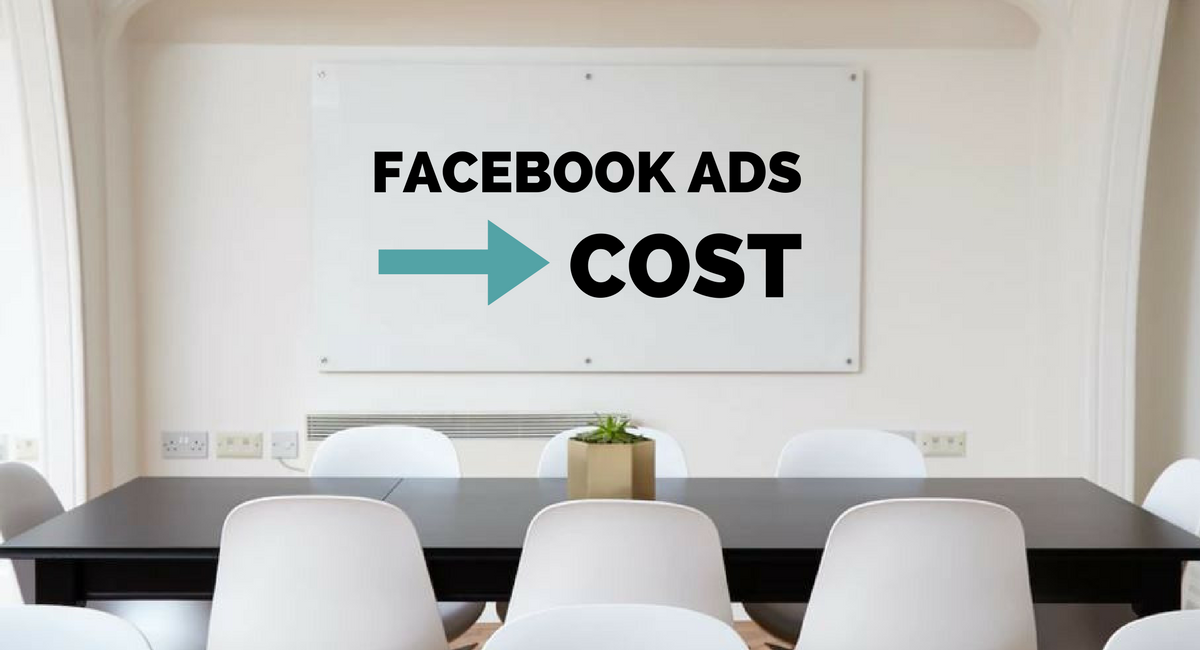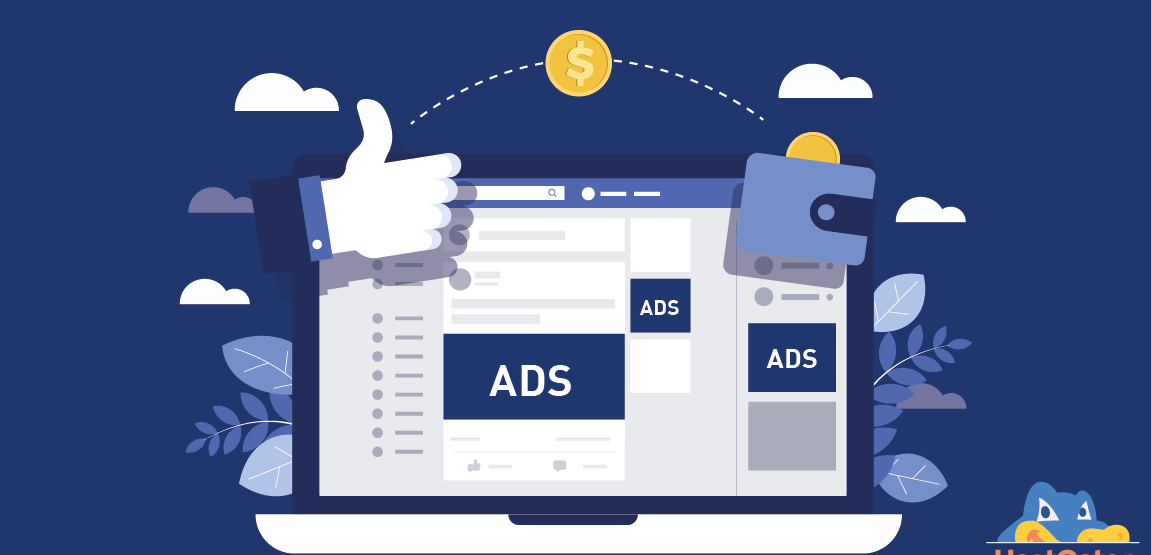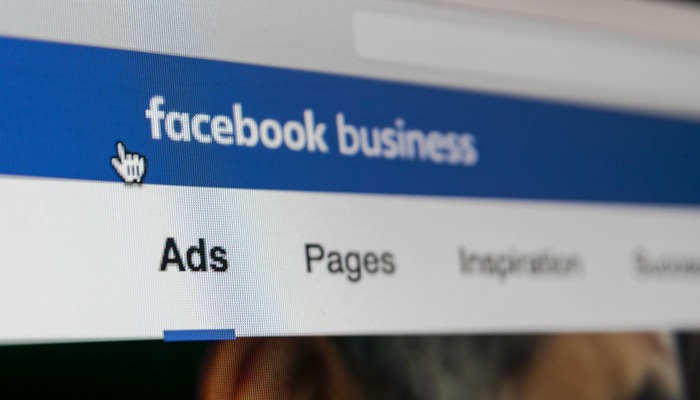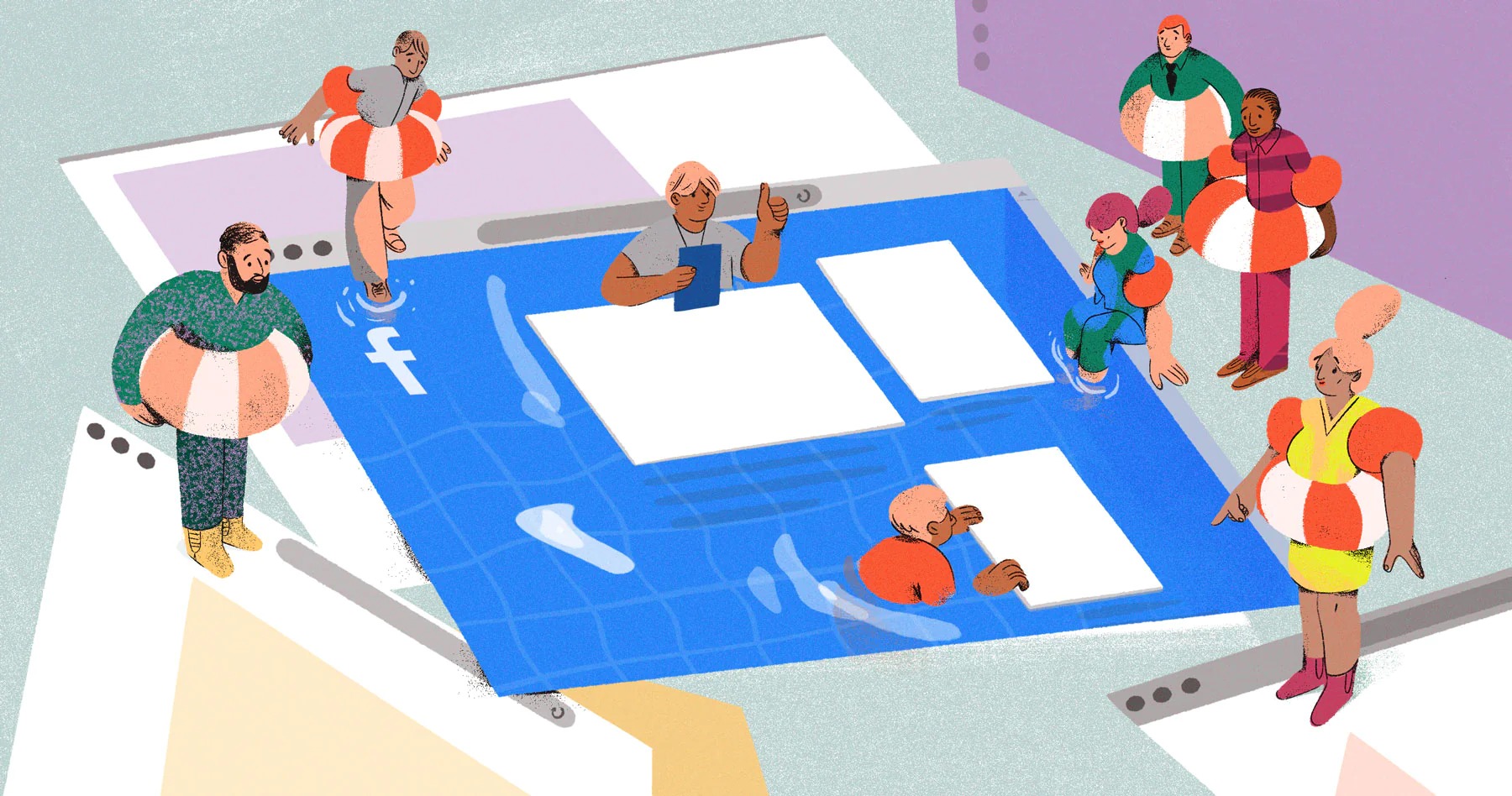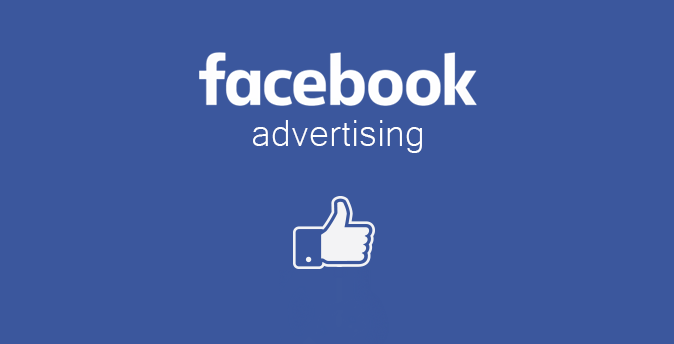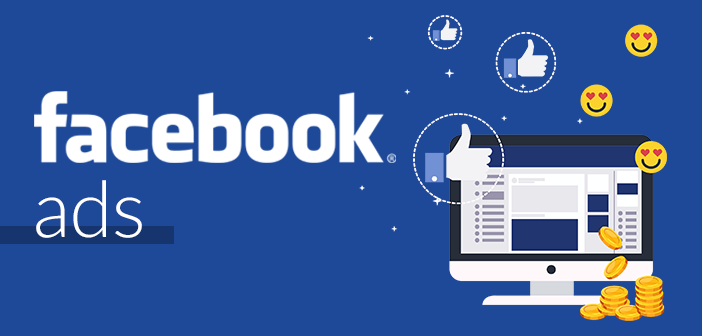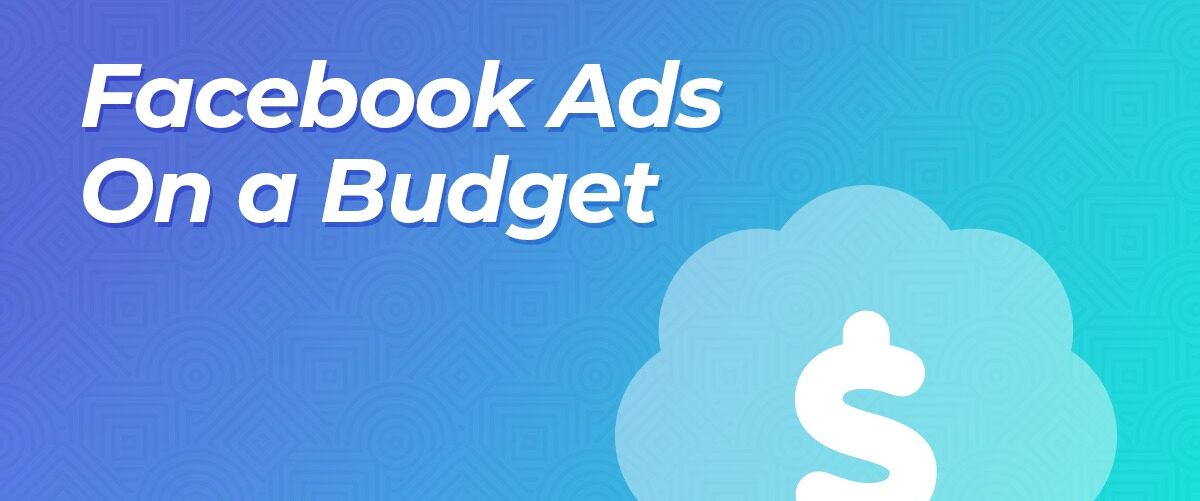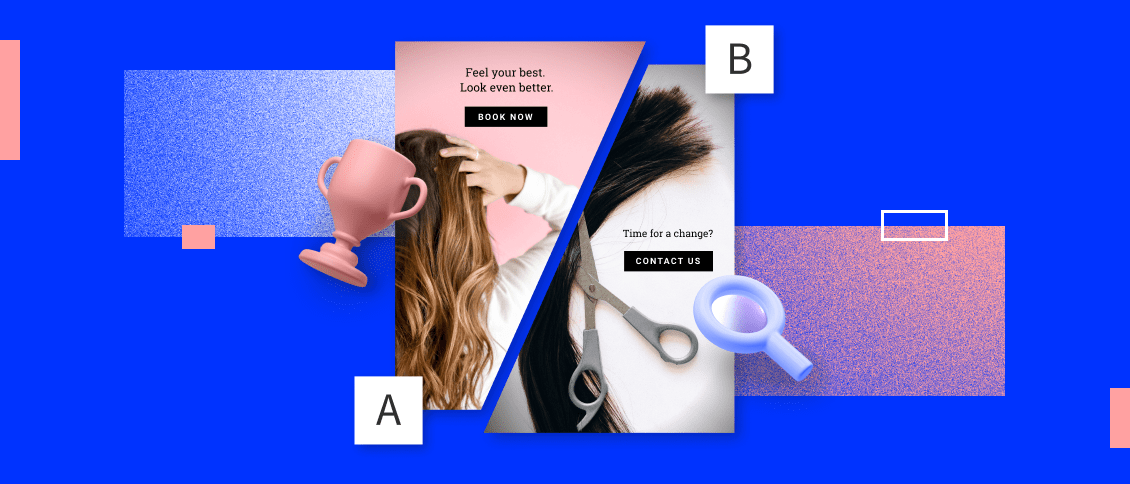Most marketers believe that there is no real formula for success to increase conversion rates, reduce the cost per conversion and increase the conversion quality at the same time.
You know what? There is – I know this because we use it every day at KlientBoost.
Based on data from more than 250 active customers and more than 10,000 CRO tests, we see these average increases:
- Increase in conversion rates by 52%
- Lower cost per conversion by 33%
- Increase the conversion quality by over 100%
- We know it. It sounds too good to be true. * eye rolls*
How does the KlientBoost team do this? Too many conversion-happy marketers are trying to test bad hypotheses and arbitrary landing page elements before setting their landing page foundation first.
Instead, we focus our agency powers on:
- Prioritizing a small group of low-effort tests that we know will have the highest impact in the shortest possible time.
- We are very pleased with the quality of the service and the quality of the service.
- Combine this strong foundation with Unbounce’s intelligent traffic to scale performance and reach customer goals faster.
- There are marketing rules that you never want to break (if you want successful tests), and I will tell you exactly how KlientBoost gets there.
When testing Landing Pages goes wrong
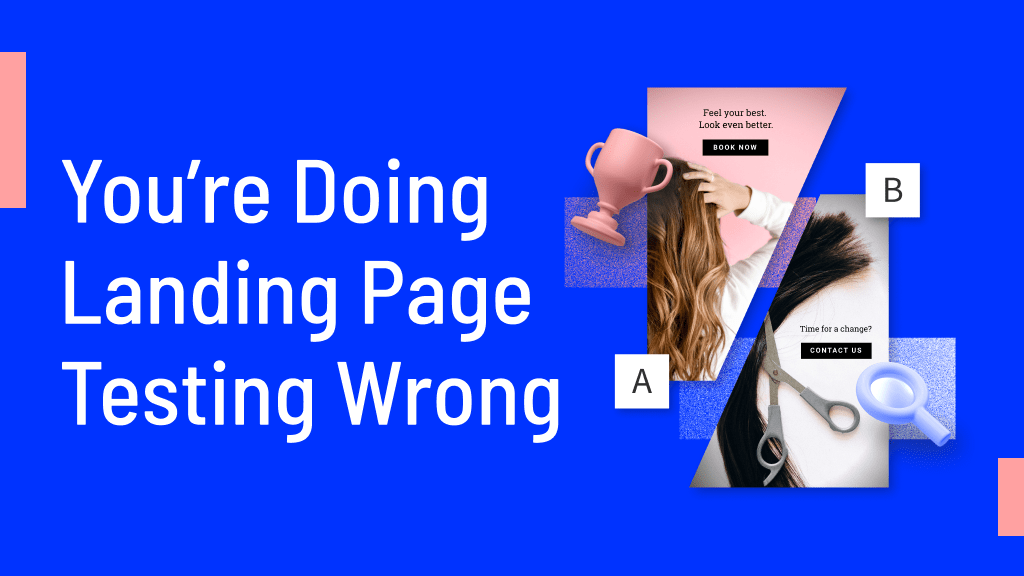
In almost every article on testing landing pages, the following culprits are listed as the main reasons for the failure of tests:
- Poor insights: Too many landing pages do not collect data via heatmaps, session recordings, form analyses or conversion tracking. This leads to ill-informed hypotheses about what to test.
- Bad hypotheses: Because marketers then misdiagnose the problem, their proposed solution also fails. Or worse, they rush to test any variables, such as the button color, without having a real hypothesis at first.
- Too little traffic: You can’t do a reliable A/B test with 200 visitors. You need volume to achieve statistical significance (multivariate tests need even more volume than A/B tests). Most landing pages lack volume.
- Not enough time: you also can not do an A / B test for a week and expect reliable results. The volume takes time, and time takes money – money (and patience), which many do not have.
- These articles are not wrong. Solid landing page experiments require insights, hypotheses, volume, time, budget and, most importantly, execution.
So, how can you do all this, you ask?
The 5 New Rules for Testing Landing Pages
You can do as many A/B tests as you want, but we would prefer you to do tests based on five landing page rules that KlientBoost has found essential.
- Traffic conversion intentions must follow the call-to-action (CTA) intention.
- Aggressively focus on the offer itself.
- Use the breadcrumb technique in your forms.
- Do not stop on the “thank you” page.
- Rely on intelligent traffic.
- Let’s explore each one.
1. Traffic conversion intent must follow call-to-action intent
The conversion intent refers to how likely it is that your ideal customer will convert.
Low intent (“cold traffic”) = visitors who may not know the brand, who just want to collect information and who have not expressed any intention to convert.
High intention (“hot traffic”) = visitors who most likely know the brand, who want to buy right away and who will convert at all CTAs.
Let’s take a B2B SaaS example.
A high-intent visitor is someone who visits a landing page himself via a direct visit, a branded paid search ad, a retargeting ad or an organic search and converts it to a CTA “book demo”.
A low-intent visitor is someone who visits a landing page via a display ad, an informative Google search, or a native audience on Facebook and has no intention of getting a conversion.
If your CTA doesn’t match your visitor’s conversion intent, it doesn’t matter what you’re testing on your landing page – it’s not working. For example, if you ask cold display traffic to convert “book demo” in your CTA, it doesn’t matter what your headline looks like or what the hero graphic looks like – it’s unlikely that it will convert.
And here’s the trick: even if a conversion takes place, it is extremely unlikely that this conversion will actually lead to a sale.
Why? After all, the higher the visitor’s intention, the more dynamics prevail in the entire marketing and sales funnel. This is what ultimately leads to a sale.
When it comes to intent, different channels signal different levels of intent. So, the first step in testing landing pages is to make sure that your traffic and CTAs are aligned. At KlientBoost we call this the Ice cube and volcano scale:
For example, someone who passively scrolls on LinkedIn (who does not belong to a custom audience) clearly has a different intention than someone who searches for “Gusto HR Software Demo” on Google.
That’s because you can target native audiences and retarget audiences on social media, and it’s not an intent channel like paid search. This is why many paid LinkedIn campaigns to fail when trying to get bottom-of-funnel conversions (BOFU) for a native LinkedIn audience.
Instagram Facebook Instagram Facebook Instagram Facebook Instagram You can’t post a “book a demo” ad for a group of Instagrammers who have never heard of you, have not signaled any intention, or are part of a specific audience with the intention (like lookalikes on Facebook/Instagram) to buy and expect an A/B test for the landing page will save the day.
That’s not going to happen.
If the channel, CTA, and intention are in harmony, only then an A / B test will give more meaningful results. To do this, you must first divide your traffic into categories for conversion intentions.
For example, in Google, break down your brand, competitor, generic, and informational keywords into different campaigns. On Facebook, separate your custom, similar, and saved audiences into different ad groups. Then forward the traffic to CTAs according to the intention.
This will be your first, biggest basic landing page gain. Oh, and don’t forget — if you’re suffering from the iceberg effect, your traffic splits don’t matter.
If you do not exclude target groups from each other on social networks, there will be overlaps in the Venn diagram that can hurt you (one way to avoid this is to exclude custom audiences from your Lookalike audiences).
The same applies to paid search: make sure that your search terms actually match your keywords.
2. Focus aggressively on how the offer is presented
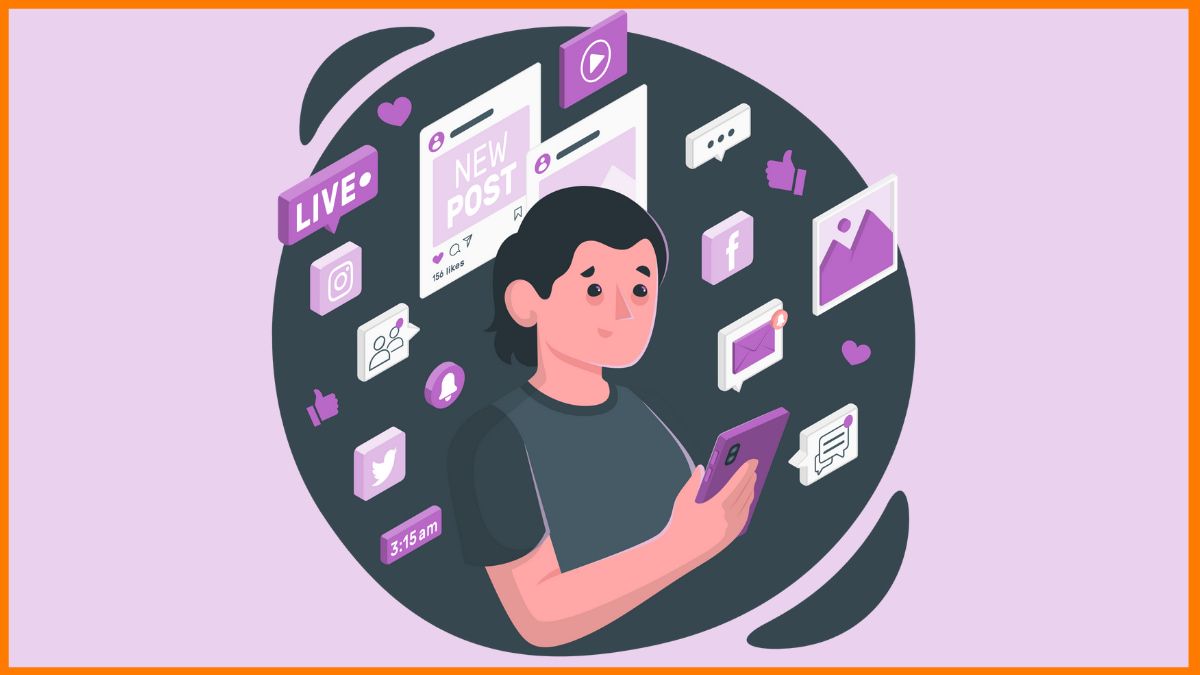
We have carried out countless Tests at KlientBoost where we have removed everything under the fold. We have deliberately and randomly selected texts for the titles and subtitles. Time and again, we found that visitors immediately focused on the CTA and its formulation.
Boost Motivation with the CTA copy
Often, you don’t need to change your offer or your Conversion goal to increase Conversions. All you have to do is create Motivation by changing your CTA copy into something that your visitors will find more convincing.
For example, we experimented with five different CTAs and variations of titles/subtitles for our marketing plan offer:
- Request a free trial
- Request a free Audit
- Get a free quote
- Get a free marketing plan
- Start my pricing
Nothing has changed in the offer — just the title/subtitle and the CTA copy. Well, that and the conversion rates have increased gradually with each iteration of our CTA copy.
- Version 1: 14-day free trial
- Version 2: Get a free quote
Although the four versions are expressed differently, they ultimately lead to the same Conversion goal: a consultation with the sales team.
By testing different titles and CTAs, we were able to strengthen Motivation and thus increase Conversion rates without ever changing the offer.
Why do we swear by the CTA copy? Low effort, high effect. Easy.
The above is just our own example. Let’s say we are dealing with personal issue lawyers: 99% of them use “free consultation” as the main CTA. If you were to change your CTA to “look if I have a matter” or “look what my matter is worth”, then you would get higher conversion rates while having a consultation.
The magic trick here is to unite the main questions/objections of your visitors and turn them into a CTA that promises answers.
3. Use the breadcrumb technique in your forms
You may have heard something else, but fewer fields do not automatically mean higher conversion rates. (It really depends on a number of factors.)
For lead capture landing pages, forms can generate or interrupt Conversions. But more importantly, the first impression that your visitors have of the fields of your form causes or interrupts Conversions.
Form layout, number of fields, field labels, Field order, Placeholder text, button copy, radio button vs drop-down list—the List of testable functions never ends. But any split form test must give priority to one experiment above all: The addition of several form steps while changing the order of the fields.
A form that uses the breadcrumb technique separates the form fields into at least two progressive phases, rather than placing them all on a single form. For example, the free KlientBoost marketing plan form includes four forms with several fields (screenshot below).
While a standard form can display all the fields in a single column, our multi-step form divides six fields into four very digestible steps. Visitors will not see the second stage until they have completed the first stage, and so on.
Why several steps? Three Reasons:
- Psychology Of Compliance
- Lead Quality
- Search results
This is the breadcrumb technique, also known as the method of convincing people to commit to your request by forcing them to commit to a smaller request first.
Behavioral psychologists like Robert Cialdini call it the “principle of consistency of persuasion”.”Simply put, when people actively engage in something, they are much more likely to conclude it. Easy.
A multi-step form uses this principle of Psychology by placing your most threatening form fields last (contact information) and your least threatening form fields first. By asking non-threatening and non-intrusive questions first, you allow potential customers to actively engage with your form. And once you commit, you’re more likely to finish it.
Let’s look at another example from Lytx, one of our clients.
Note how the first two steps of the form ask questions about Softball and the last two steps ask for personal information (email, phone, name).
Conclusion: Multi-level forms increase Conversions. Like, by a lot.
For example, by converting Lytx’s form from one step to several steps (and asking by name, phone and email at the last step), we increased the conversion rate from 1% to 20%, increased the volume of leads from six to 135 and reduced the CPA by 95%. Damn it.
4. Don’t stop on the “thank you” page
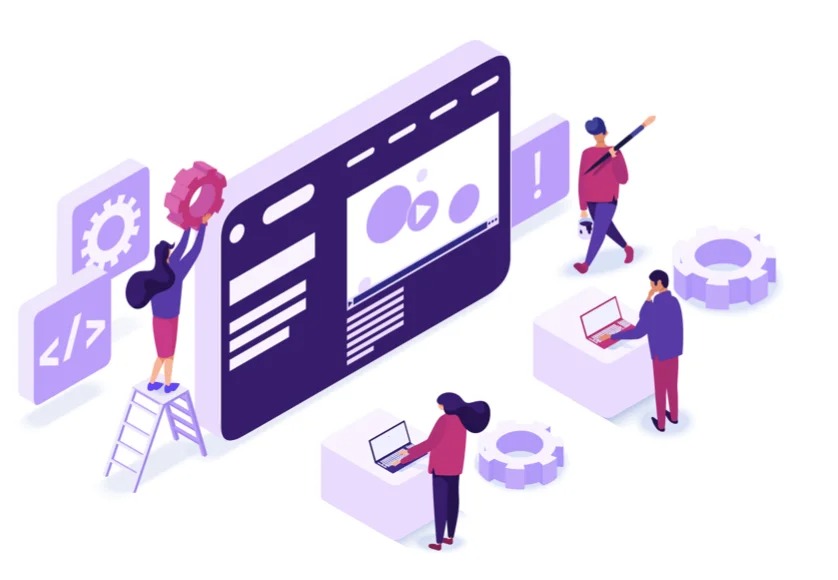
Raise your hand if you have filled out a landing page form and received the following confirmation message:
* All hands go to the top*
Now, contrast this with the ChiliPiper confirmation page:
DemandScience (like almost everyone else) finishes the conversion dynamics by making you wait until a sales representative follows up. And for what? To go back and forth by e-mail to organize a demo?
Like ChiliPiper, use your thank you/confirmation page to get prospects to the next stage of the conversion funnel (and closer to sales) faster.
“But what about the qualification/rating of prospects?”
If you listened to the first step (see: Conversion Intent), the only traffic sources that meet your “demo” request offer (or the “high intent” equivalent of your industry) are those who are ready to buy anyway. No score required-immediately move it to “qualified”.
Note: The next step to revenue does not necessarily mean a full PDF download or a resource guide. In fact, in most matters, this is not the matter. This step consists of testing the effectiveness of your funnel.
When buyers with high purchase intent convert to your CTA, make the process as smooth as possible. You already know the data on the possibility of closing a prospect with more time.
Here are a few things you can try:
- Have a Calendar widget on your thank you page and hire an additional sales development representative (SDR) to determine which leads are high quality or not. You will have people who are not qualified today, but who will be qualified in six months. Give everyone the white glove experience.
- If you can’t do that, tell people what Email address or phone number will contact you. In the world of Spam or Robo-calls, you will even be ghosted by converted people – this will mitigate this.
- Tell people when they can expect to hear from you. “In the next 24 hours”, “the next 30 minutes”, etc., you give them this explicit warning.
- You have put so much time and effort into the Conversion. So don’t spoil the dynamics of the deal because of your unoptimized thank you/confirmation page. You’re fine.
5. bet on smart traffic
Now that your landing page testing foundation is stronger than ever, it’s time to ask our AI friends for help.
Smart Traffic is Unbounce’s AI-based algorithm that matches visitors to the Variant for which they are most likely to convert.
Unlike traditional A/B Tests, Smart Traffic does not crown a single Variant as champion. Instead, it analyzes how different groups of people convert differently for several variants. Smart Traffic then redirects each respective group to the Variant for which you are most likely to convert.
For example, in the graph below, you can see how a traditional A/B Test leaves Conversions on the table, but not Smart Traffic:
The Truth? A/B Testing won’t work for many of you. It takes too much expertise, Commitment (duration), traffic volume and advertising budget to work effectively. Most small businesses simply don’t have the resources to do this.
But you have the resources for smart traffic.
Smart Traffic converts faster with only 50 visitors, allows you to test several variants simultaneously and works with several traffic sources simultaneously. In addition, he does all The Analysis for you.
For most of you reading this, Smart Traffic will prove to be more efficient than A/B Testing (unless you have the resources on deck).
Test better – or better yet, get smart traffic
Here’s the bottom line: you can run as many A/B tests as you want (and many marketers do), but if you don’t get your house in order first, landing page tests won’t produce consistent or reliable results.


